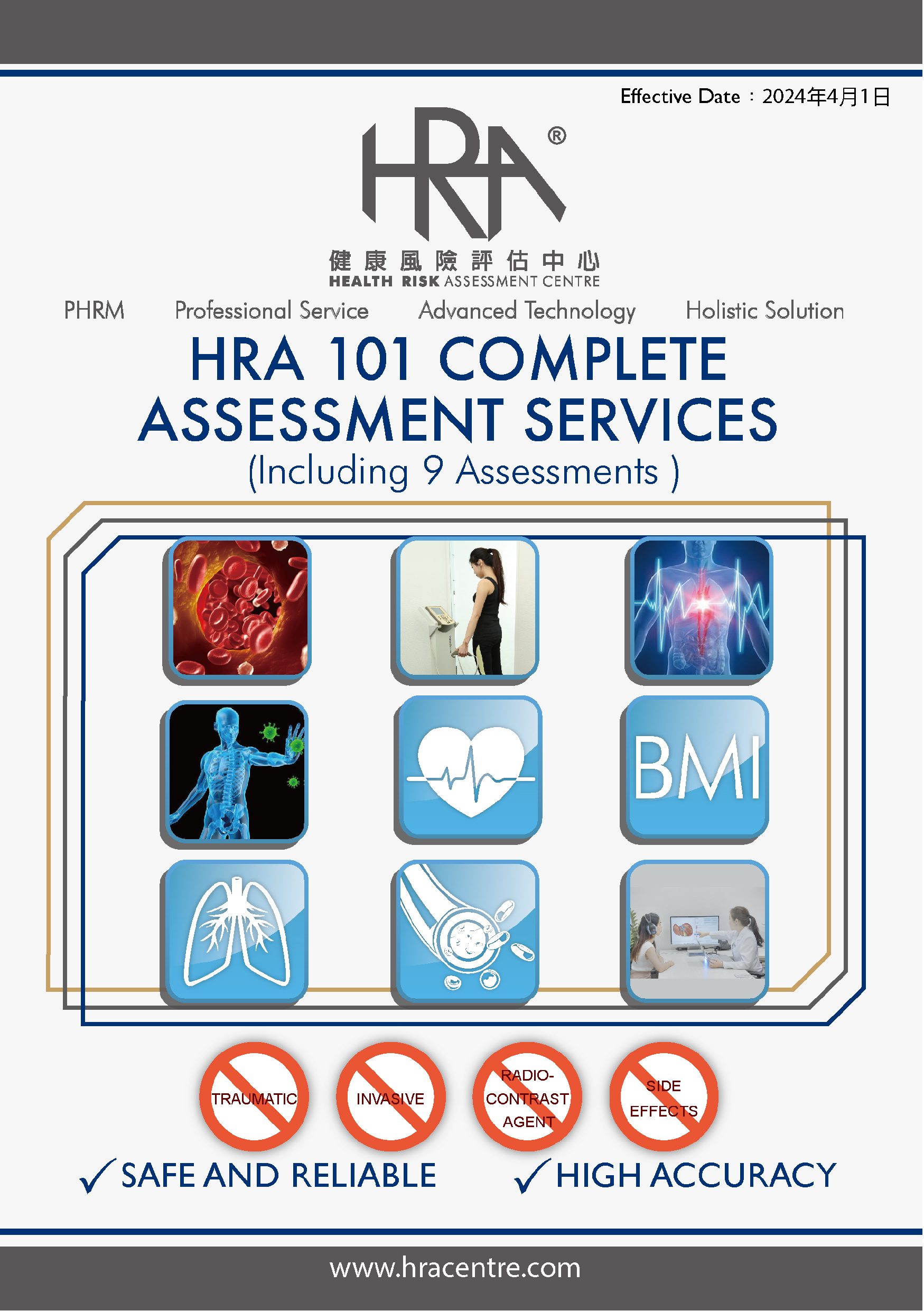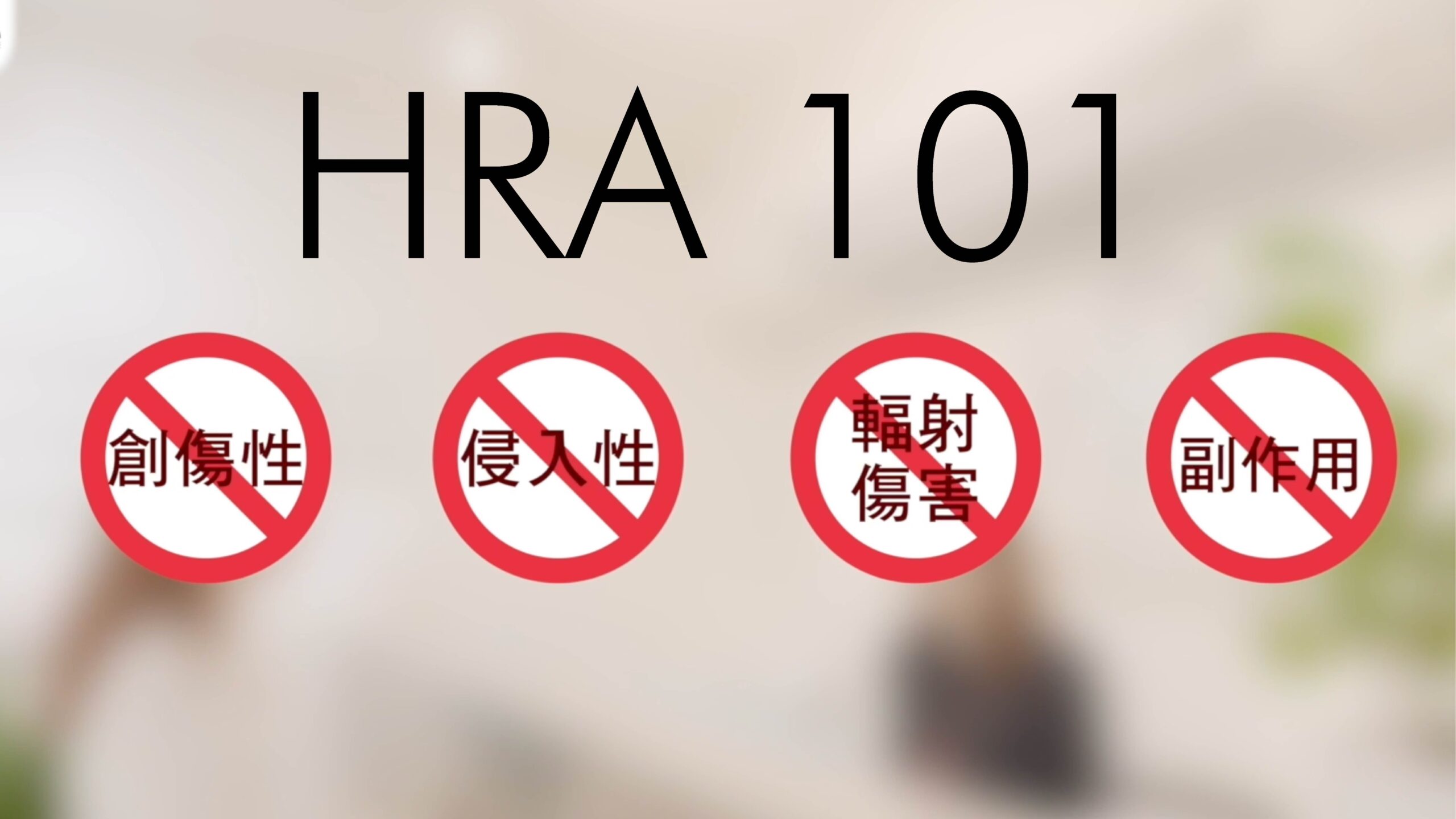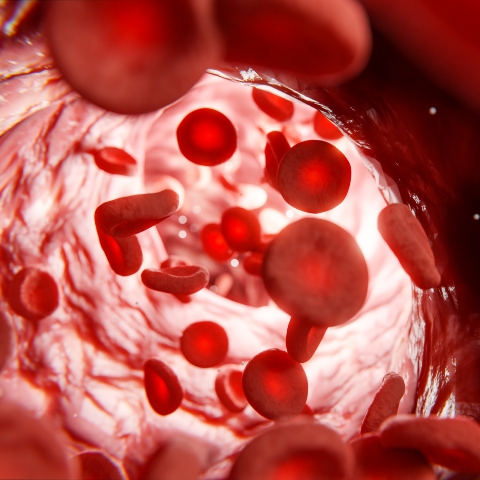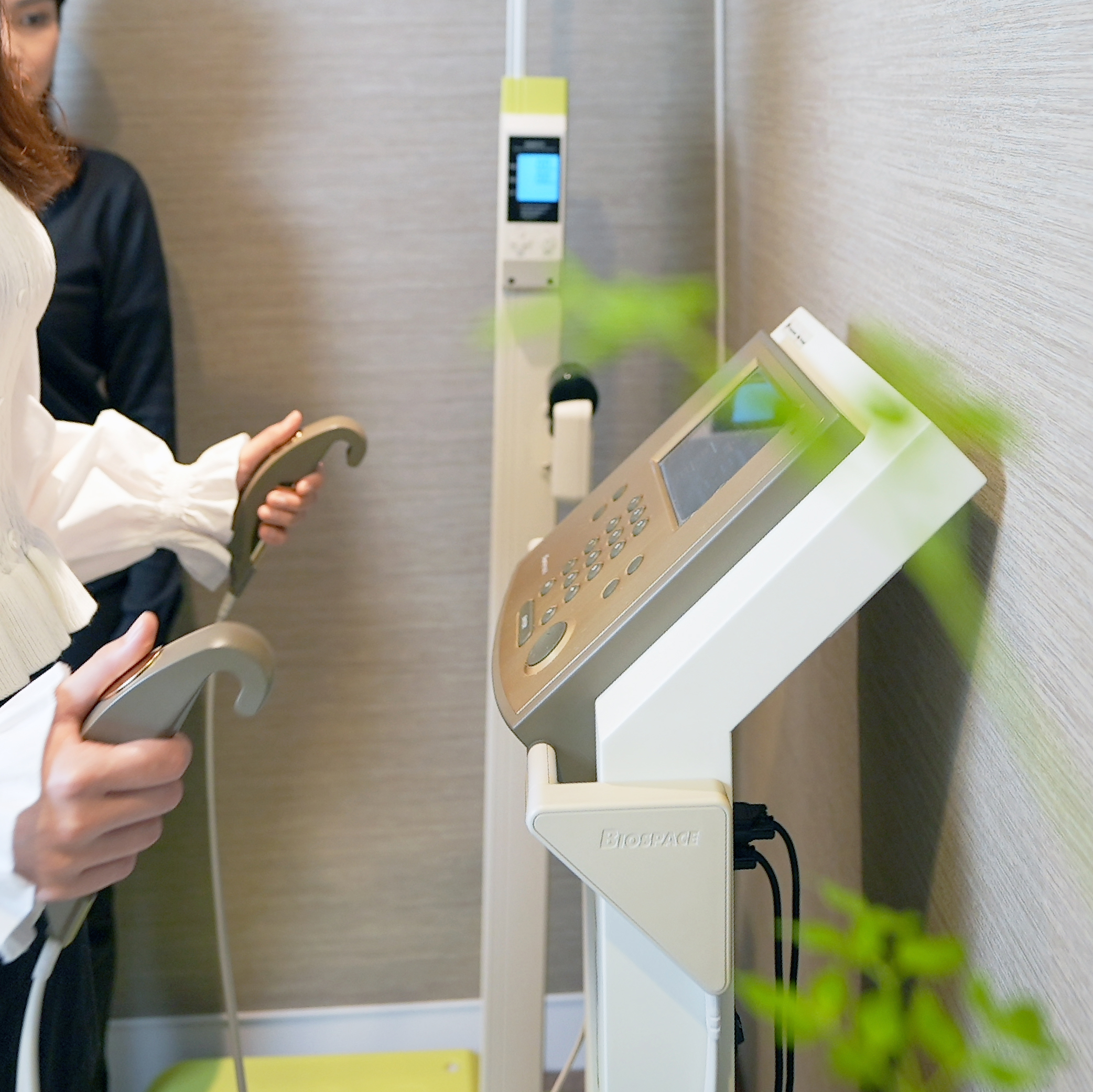HRA Centre
HRA101 Comprehensive Assessment Service
Home | Testing Services | HRA101 Comprehensive Assessment Service
The Health Risk Assessment Center strives to introduce various devices of cutting edge technology to provide non-invasive, non-intrusive, radiation-free, and side-effect-free body assessment services for every client. Through these services, clients can gain a more thorough understanding of their internal health conditions, enabling prompt resolution of any health issues.
4 Main Assessments
5 Basic Assessments
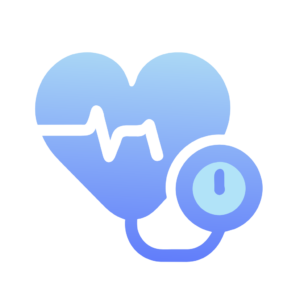
Blood Pressure Index
Blood pressure is an index that is hard to control for modern people. It may lead to other health problems if not managed properly. Although hypotension (blood pressure below 90/60mmHg) is not considered a disease, it may be induced by other illnesses. Hypertension (blood pressure above 140/90mmHg) is difficult to detect as it does not have obvious symptoms, thus we need to regularly monitor our blood pressure index for timely health management.
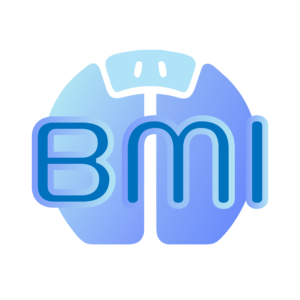
Body Mass Index (BMI)
Overweight and obesity are common issues for modern people, and obesity can significantly increase the risk of diseases such as hypertension, diabetes, gout, etc. Therefore, it is essential to regularly monitor and maintain a healthy weight. Body Mass Index (BMI) is the most commonly used international index to measure a person’s body shape, which is calculated based on a person’s gender, height, and weight to determine if their weight is appropriate.
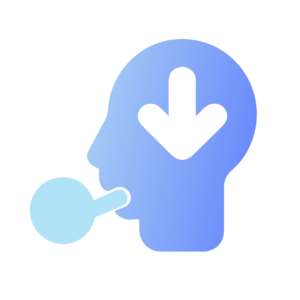
Peak Expiratory Flow (PEF) Test
Due to a lack of exercise and constant exposure to air pollution, modern people are prone to lung function issues or asthma. The PEF test measures the ability of the lungs to push air in and out based on the test subject’s height, age, and gender. This figure is closely related to the width of the airways and is particularly suitable for people with asthma.

Blood Oxygen Saturation Test
Modern people often easily feel fatigued or have dark eye circles, which may be caused by insufficient blood oxygen levels. Test subjects only need to clip the sensor of the blood oxygen machine onto their fingertip to accurately measure blood oxygen saturation and pulse rate. The normal range of blood oxygen saturation for a healthy adult should be between 95% and 99%.

Professional Report Interpretation and Personalized Solutions
Experts or certified nutritionists at the HRA Center provide report interpretation and personalized solutions.
